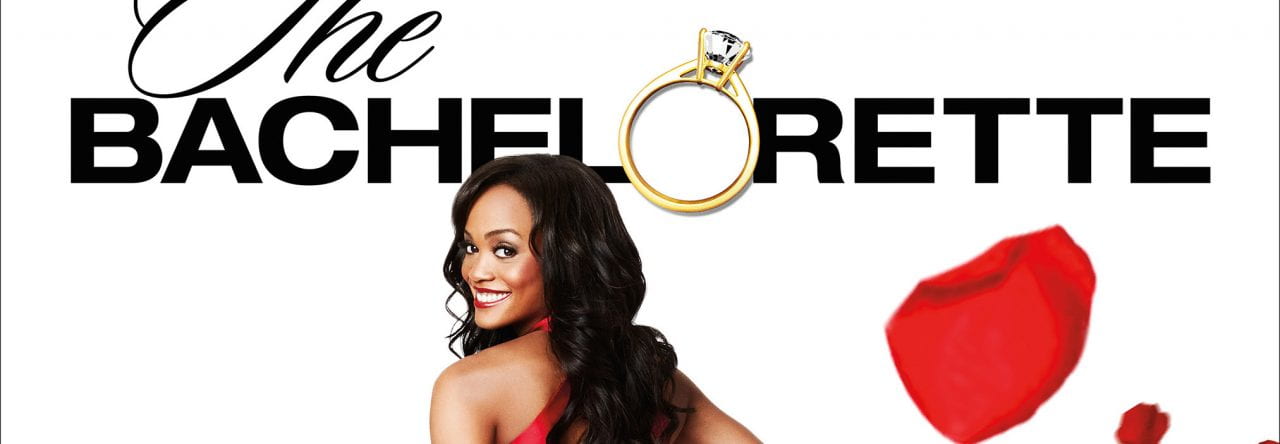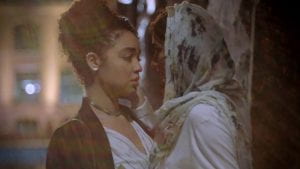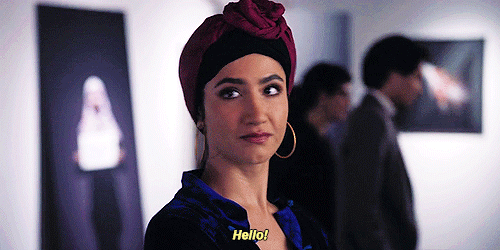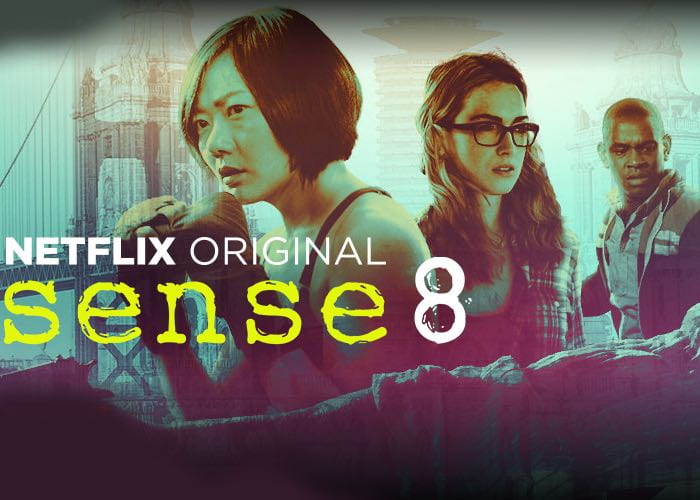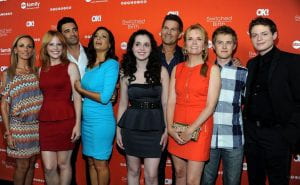Stanley, Alessandra. “Who Says Women Aren’t Funny?” The Hive, Vanity Fair, Apr.2008,www.vanityfair.com/news/2008/04/funnygirls200804.
In the popular article, “Who Says Women Aren’t Funny” (2008), Alessandra Stanley claims that the depiction of women in comedy has evolved since the introduction of cable television; no longer are women limited to macho-feminism or performing self-loathing comedy, nor only the jokes written by men behind the scenes. Women now have more opportunities than ever to write and perform their own material while looking however they like. The author supports her claim with references to famous women comedians one example being Tina Fey. The author uses Fey to emphasize the new generation of women in comedy, being that Fey is now the showrunner for SNL and has written multiple sitcoms and movies. The purpose of this article is to express the evolution of women in comedy as well as bring to light the ever-present obstacle of being a woman in an industry dominated by men. This article is published in Vanity Fair, a magazine on popular culture, fashion, and current affairs.
Dranger, Eden. “5 Insane Problems All Women In Comedy Deal With Eventually.”Cracked.com, Cracked, 1 Feb. 2016, www.cracked.com/blog/5-things-that-make-doing-comedy-nightmare-women/.
In the popular article, “5 Insane Problems All Women In Comedy Deal With Eventually ” (2016), Eden Dranger claims that being a woman in a male-dominated career, such as comedy is challenging as many women face obstacles that men comedians have never had to. Even as the world progresses to a more accepting society women are still openly harassed on stage as well as in the writing room and are still harshly judged as being lesser than compared to men, who presumably relate better than women comics. The author supports her claim with references to stand-up comedians, one of whom is Sunah Bilsted, who agrees that gender is not a valid reason to judge whether someone is good at their job. The purpose of this article is to emphasize five main issues only women face in the comedy job market. This article is published in Cracked, an American humor magazine.
Hennefeld, Maggie. “Comedy Is Part of Feminist History-and We Need It Now More Than Ever.” Ms. Magazine Blog, WordPress, 19 Apr. 2018,msmagazine.com/blog/2018/04/19/comedy-part-feminist-history-need-now-ever/.
In the popular article, “Comedy is Part of Feminist History—and We Need it Now More Than Ever ” (2018), Maggie Hennefeld claims that comedic performances such as slapstick comedies and the use of satire were essential in the early days of the feminist movement, as the use of laughter and comedy related to the general public and in satiric moments, spoke truth to powerful authority figures. The author supports her claim with references to slapstick comedies, such as Mary Jane’s Mistake, as a major avenue for feminist activism and social protest that still influence women comedians of today. The purpose of this article is to express the important role comedy played as early feminists fought against the patriarchal society America once was, showing readers that there is no fiercer political weapon than laughter. This article is published in Ms. Blog Magazine, an American liberal feminist magazine co-founded by second-wave feminists and socio-political activists.
Kein, K. (2015). Recovering our sense of humor: New directions in feminist humor studies.Feminist Studies, 41(3), 671-681,700. Retrieved fromhttp://prx.library.gatech.edu/loginurl=https://search.proquest.com/docview/176814858?accountid=11107
In the Scholarly article, “Recovering Our Sense of Humor: New Directions in Feminist Humor Studies ” (2015), Kathryn Kein claims that scholarship on women in comedy is necessary as it brings to light the ways in which humor is filling in cultural gaps and breaking new grounds for the ways women can make an impact in media. She also expresses that comedy allows for a “call to action”. Although it may not always be an explicit one; humor enables the beginning social change to many modern day injustices. The author supports her claim with references to multiple women comedians, using quotes from each that expresses their unique use of humor to promote feminism and change. The purpose of this article is to push readers to change their perspective of how humor functions and even who can produce it. This scholarly article is published in Feminist Studies, a peer-reviewed academic journal covering women’s studies that was established in 1972.
Wadham, T. (2002). Great women comedians. School Library Journal, 48(8), 218.Retrieved from http://prx.library.gatech.edu/login?url=https://search.proquest.com/ docview/21172752 ?accountid=11107
In the scholarly article review of “Great Women Comedians ” (2002), Tim Wadham claims that the piece expresses the many ways in which there is a lack of acceptance for women in comedy and by using specific examples of past women comedians, the author shows the ways in which these women overcame the obstacle of discrimination. The author of the article supports his claim with references from the original book, using Edna St. Vincent Millay’s experience. As detailed in the book, Edna wrote her humorous pieces under a pseudonym in order to avoid bias. The purpose of this article is to analyze the impact of the original writing and emphasize the many ways it clearly communicates to the reader the history of women in comedy and how they gained acceptance not only for themselves but for the many women that have come after them. This article is published in School Library Journal, is the premier publication for librarians and information specialists who work with children and teens, providing a source of quality journalism and reviews.
Day, A. (2015). Pretty/Funny: Women comedians and body politics. Feminist Review,(111), e21-e22. doi:http://dx.doi.org/10.1057/fr.2015.31
In this review of “Pretty/ Funny: Women Comedians and Body Politics ” (2015), Amber Day comments on the pretty versus funny paradox seen in comedy today. Women no longer are assumed to be funny-looking simply because they are funny. Rather now, women comedians are expected to be pretty in order to be funny, and many women are beginning to fall under the category of “pretty”, whether intentional or not, just to be successful in commercial popular culture media The author supports her claim with references from the original article, as the author explains the multiple established women in comedy today and how they use the guise of jokes to critique the many shortcomings and social injustices of today. The purpose of this article is to focus on the ways in which women comedians’ use humor because it allows opportunities for feminist voices to reach popular culture. This scholarly article is published in Feminist Review, a triannual peer-reviewed interdisciplinary journal with a focus on exploring gender in its multiple forms and interrelationships. The journal was established in 1979.
